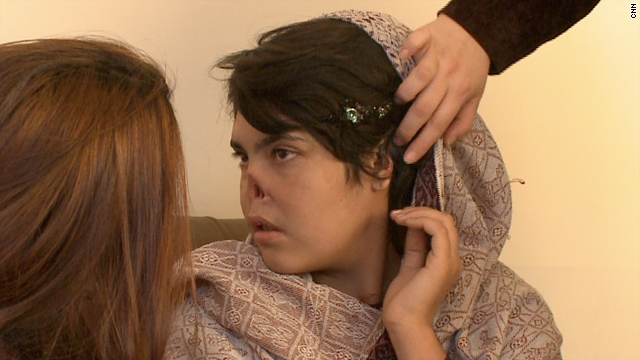Symbolism in Renaissance Art, Leonardo da Vinci, and MIchelangelo
I LOVE YOUR 'INFERNO' Assignments! Your punishments are incredibly clever. The Greeks and Dante would be so proud of your thought processes. I have completed grading the visual portion of your assignment, and will begin correcting the written portion over the weekend.
What did you do in class on Friday, May 20th?
1. We continued looking at the pieced entitled "THE ARNOLFINI WEDDING" by Jan van Eyck for its symbolism and deeper meaning.
2. Students were then introduced to Leonardo Da Vinci and Michelangelo
Symbolism in Renaissance Art
Due Date________________________
Instructions: Your assignment involves researching one of the following Renaissance art pieces in association with allusions and symbols used within the chosen piece, and how these allusions and symbols add understanding to the work.
· Primerva by Sandro Boticelli
· The Last Judgement by Micelangelo
· The Ambassadors by Hans Holbein
· The School of Athens by Raphael
·
Requirements:
1. Your paper needs to discuss a minimum of three allusions and/or symbols present within the piece, and how the artist’s choice to use them heightens the understanding of the viewer regarding the artist’s intent.
2. Your paper must include an introduction, conclusion and three body paragraphs. If you wish to discuss more than three symbols then clearly you would have more than three body paragraphs.
3. You must include a “Works Cited” page indicating your THREE sources. You may use the Internet for two of the three, but one source needs to come from a quintessential text. Please do not consult Wikipedia as a source. You are welcome to obtain information from any of my books pertaining to Renaissance art, but you can’t check them out.
4. An image of the artwork must appear either in the body of your paper or prior to the introductory paragraph. Extra-credit will be given if additional images of the work are incorporated in your paper. Please make sure that your additional images correlate with information within your paper.
5. You must include a minimum of two quotes within the body of your paper, which help to support the points included within your paper.
6. Please use ACADEMIC VOICE!
Citation Examples:
Crampton, Kori. Why I think My Humanities Students are so Intelligent. Orem, UT: Timpanogos
Publishing Co., 2010.
Van Gogh, Vincent. The Sunflowers. 1889. Metropolitan Museum of Art, New York.
Simeon, Daniel. The Mona Lisa. 2005, 7 August, 2006
http://www.nyu.edu/projects/sanger/
The following is a paper that was written by a student who took Humanities in 2000! You may use it as an example to follow when writing your own.
Mrs. Kori Crampton
Humanities
01/17/2000
Symbolism found in “The Arnolfini Wedding” by Jan van Eyck
The Renaissance represented a time of great change and discovery in all areas of learning. For example, Johannas Guttenberg created the printing press, which allowed the spread of ideas to become accessible to more people. In the area of science, Nicolas Copernicus discovered the revolution of the Earth around the Sun. Prior to his discovery, the Earth was considered stationary and the Sun and the planets rotated around the Earth. Pieces of literature from the classical time period became widespread and artists created realistic forms in their work. The “rebirth” in all areas of learning inspired great change and inspired a thirst for knowledge. This desire to learn not only existed with the “inventors” of the Renaissance time period, but also with those that observed their work. Artists, for example, did not simply create purely to create, but also to challenge the mind of their audience. This idea became obvious in “The Arnolfini Wedding” by Jan van Eyck, as he placed many different symbols within his work, which challenged the viewer, but also helped them to fully understand this significant piece of Renaissance art. The placement of figures and items play a large part in the symbolism of the painting.
This painting illustrates a wedding “contract” between Giovanni Arnolfini and his wife Giovanna Cenami. Renaissance couples would ask an artist to “prove” the validity of their wedding through art. Basically, this piece of art acted as a “wedding certificate.” It acted as a legal record proving that the marriage took place. The artist has signed it as a legal document. The viewer witnesses the “contract” through observing the hands of the couple. The man uses his left hand to support his wife’s hand, but he does not grasp her hand. He raises his right hand up as if taking an oath. The positioning of the hand symbolizes that the couple have  committed to the “contract” of marriage.
committed to the “contract” of marriage.
Another interesting point concerning the symbolism of the characters’ placement involves the fact that the male stands next to the window, while his wife stands next to the bed. The husband has access to the world, and his wife‘s responsibilities pertain to the home and the creation of children. The location indicates their roles not only in society, but also in their home.
God watches over the couple and he plays an important role in their lives. To illustrate this point, a mirror hangs at the back of the room with ten images of Christ placed around it. In addition, a chandelier hangs in the center of the couple with one lit candle symbolizing the "eye of God" watching over the couple. According to art historian Claire d’Harcourt, “The artist, van Eyck consciously placed the chandelier candle and the mirror in the center of the couple to symbolize the religious significance of God and Christ in their lives."
In the“The Arnolfini Wedding,” Jan van Eyck uses different symbols to represent a higher meaning to the audience. He wants the viewer to recognize that the couple has protection from God and Christ, and that their marriage will have fulfillment through their faith. The symbols used and their placement within the piece also indicate the holiness of the event.
MOVING ON.......




